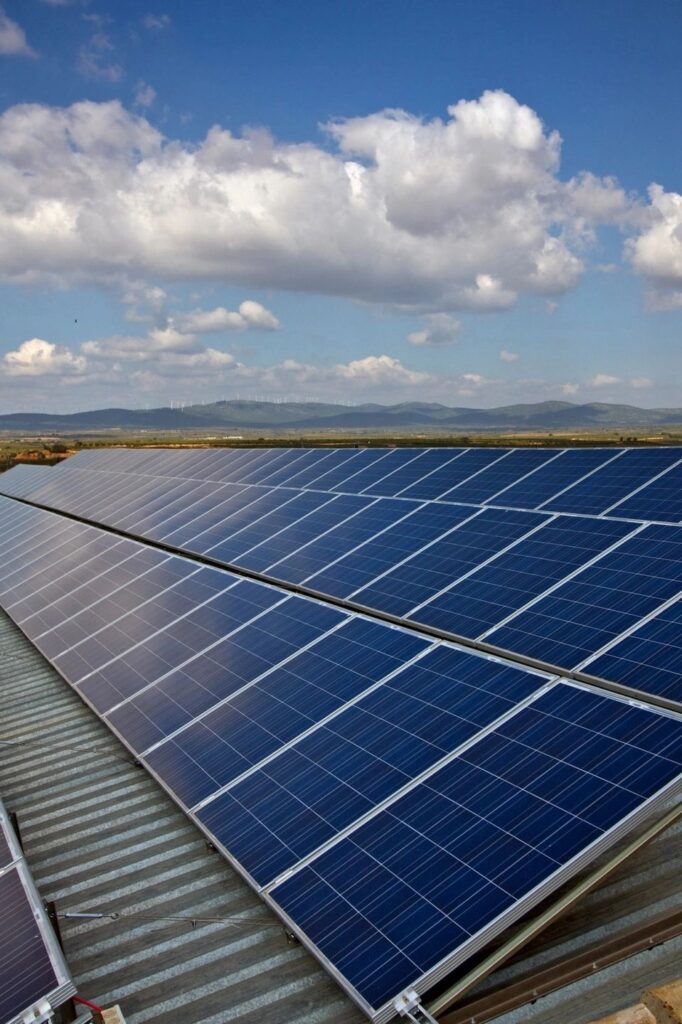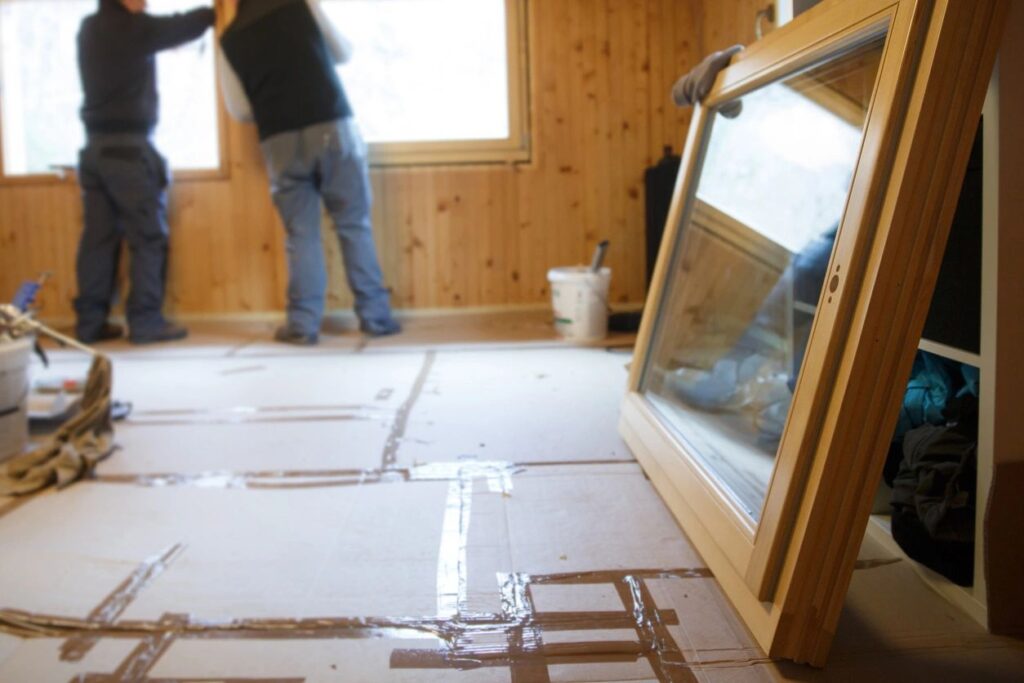As we set intentions and goals for 2022, we reflect on what we’ve done in the past year and how we can do better in the upcoming year. One item that came up in our office was sustainability, and specifically, sustainability in structural engineering. What does this look like? What frameworks exist to guide our design? And how can we motivate change within the industry, specifically from the owner’s perspective?
Existing Frameworks

The National Building Code of Canada 2015 introduced Section 9.36 – Energy Efficiency, which applies to Housing and Small Buildings less than 300 m2. It provides a framework regarding design and construction of the building envelope and systems and equipment for HVAC and service water heating. The National Building Code of Canada 2020 (still unreleased) is proposed to expand on Section 9.36, introducing tiered performance requirements and aligning with the EnerGuide System.
The Model National Energy Code of Canada for Buildings 1997 was Canada’s first national standard for building energy performance. However, widespread adoption did not expand to some provinces until the National Energy Code of Canada for Buildings 2017. The National Energy Code of Canada for Buildings 2020 (still unreleased) is also proposed to introduce tiered performance requirements.
Potential Considerations
Energy efficiency is not the only consideration when it comes to sustainability. Other potential considerations include:
- Resource sustainability – is the building material a renewable or non-renewable resource, and/or what practices exist to avoid resource depletion?
- Regional locality of building materials – consideration should be taken of where the material comes from and the extent of transportation. Further, if the material comes from outside of Canada, what regulations exist in the country of origin regarding labour practices and environmental practices?
- Building material processing – what processing is required, and what is the environmental footprint?
- Building material toxicity – does the building material release potentially harmful toxins into the air either passively or during a disaster such as fire?
- Building material life cycle – what is the useful life of the building material? What happens at the end of its useful life? Can it be recycled or repurposed? If not, how long will it take to break down in our landfills?
- Building material maintenance – what is the program of scheduled maintenance and/or risk of unscheduled maintenance? Does it require a specialized team for assessment and/or repair, and is that labour locally available?
- Construction waste – what waste is created as a result of the project scope, the building materials specified, and/or the installation processes required? What can be done to reduce waste and/or divert waste from landfills?
- Construction impact – what is the direct environmental impact of construction and of the end project to the ecosystem? What can be incorporated into the project or how can the project be modified to reduce or mitigate the environmental impact?
A building material should not be judged based on what “some” or “most” companies do, it should be based on its potential applications. Some companies choose to be industry leaders, seeking out sustainable practices that are not required of them because it aligns with their values. Such industry leaders should also be recognized.
Generating Change

The easiest way to generate change is to prescribe it through building codes. This gives everyone a minimum standard that they must reach. Our building codes do a good job of introducing minimum standards in energy efficiency, and they will further improve by introducing their tiered system.
Within processing practices, additional regulations could be introduced to improve sustainability. However, if the regulations are similar to carbon taxes, there may be significant pushback and there may not be measurable improvements in sustainability.
Alternatively, government incentives are also known to drive change. Saskatchewan’s recent solar panel installation rebate program has been acknowledged as a victim of it’s own success. The program was so popular that it was forced to stop accepting applications two years earlier than planned.
Other areas of sustainability are not easy to regulate and require a paradigm shift of the industry and the end user. Is the construction industry willing to consider additional sustainable practices? And more importantly, is the client willing to place value in such practices? I’ve seen homeowners opt for granite in their kitchen instead of the recommended foundation type. How do we educate prospective clients on sustainability of building materials when we are still fighting to educate some on structural performance? In the face of escalating material costs, how do we convince them to consider one additional cost (granted that not all sustainable measures come at a cost)? In a country where resources are plentiful, how do we encourage others to prioritize sustainability?
In Closing
How do you envision sustainability in structural engineering? How can we go about generating change within our industry?

